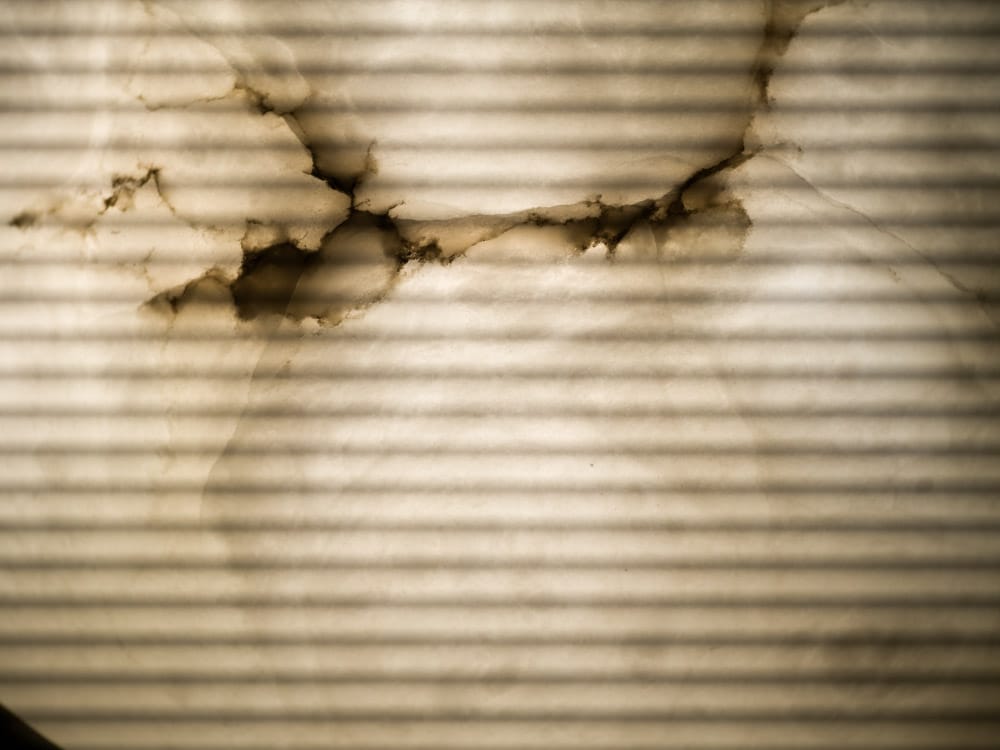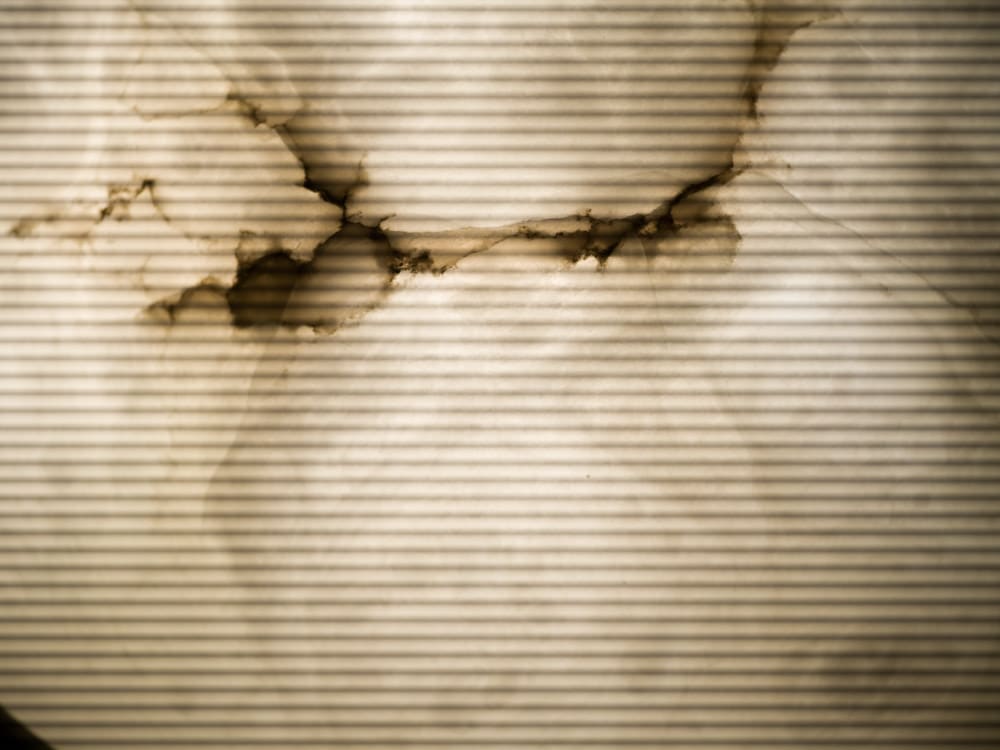This is the 13th in a series of posts on the Hasselblad X2D 100C camera and the XCD lenses. You will be able to find all the posts in this series by looking at the righthand column on this page and finding the Category “X2D”.
The X2D has an electronic focal plane shutter, which you can choose to use with XCD lenses. It is the only shutter option with non-Hasselblad adapted lenses. Since the sensor appears to be the same as the one in the GFX 100 and GFX 100S, the scan times ought to be the same. BUt it’s easy enough to check, so I did.
I put the CV 125/2.5 Apo Lanthar F on the X2D using a Fotodiox X to F adapter. I aimed the camera at an 120 cycles per second pulse width modulated LED. Each line is separated from the one before and the one after it by 8.33 milliseconds. I tested with both 16 and 14 bit precision.

That works out to 0.167 seconds, or about 1/6 of a second.

When the precision is raised to 16 bits, the scan time slow down to 0.387 seconds, or roughly 1/2.5 seconds.
This is, uncoincidentally, virtually the same as I measured for the GFX 100 MP cameras, and the same as Hasselblad specifies in their specs.
Hi Jim, does this mean that if I use an adapted lens for flash work, the sync speed cannot exceed 1/2.5 seconds?
You can’t use flash at all with electronic shutter. The camera won’t fire the flash.
Thanks Jim.
Is there any way st all that I can use it for flash work, with an adapted lens?
Not that I know of.